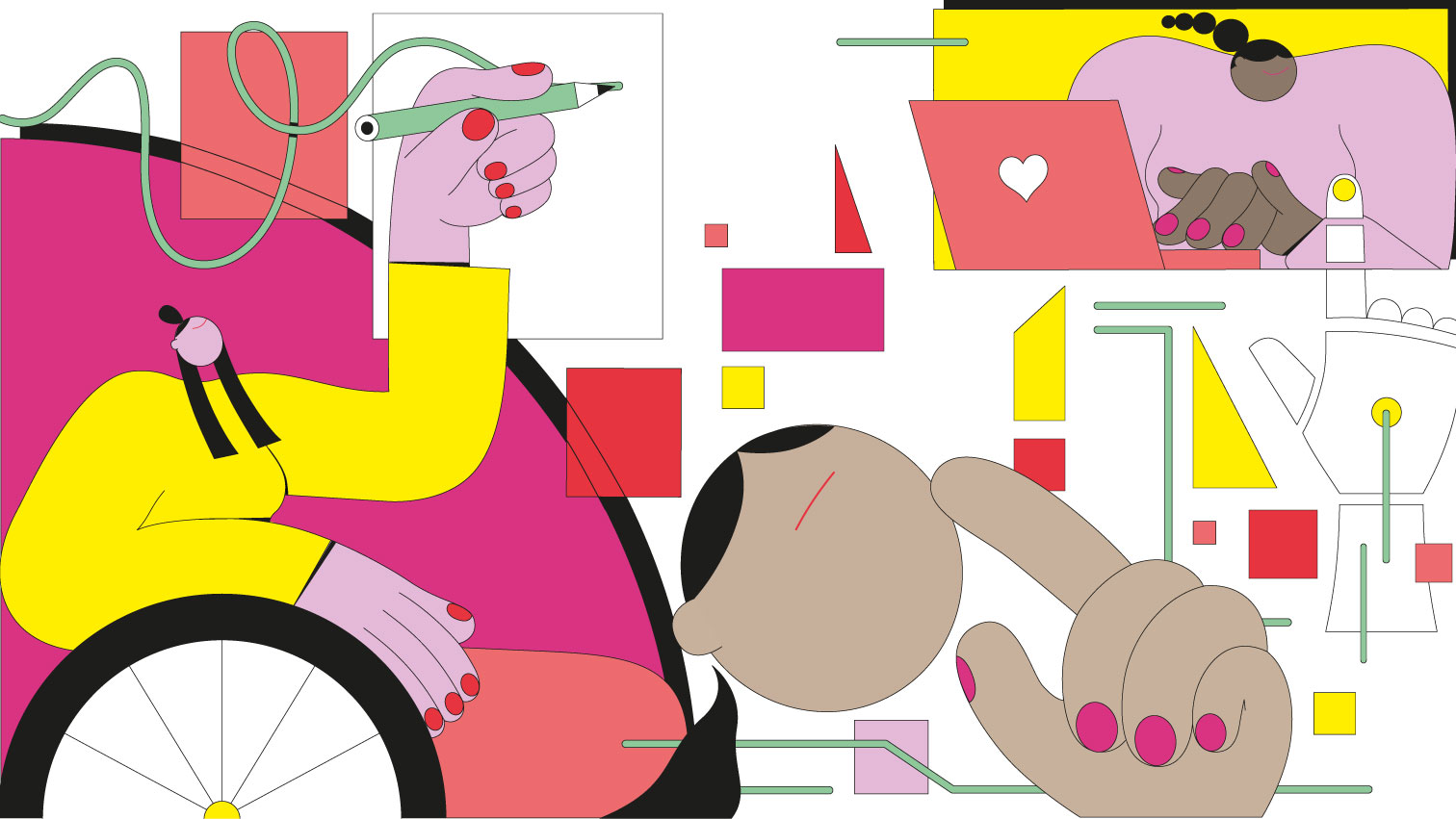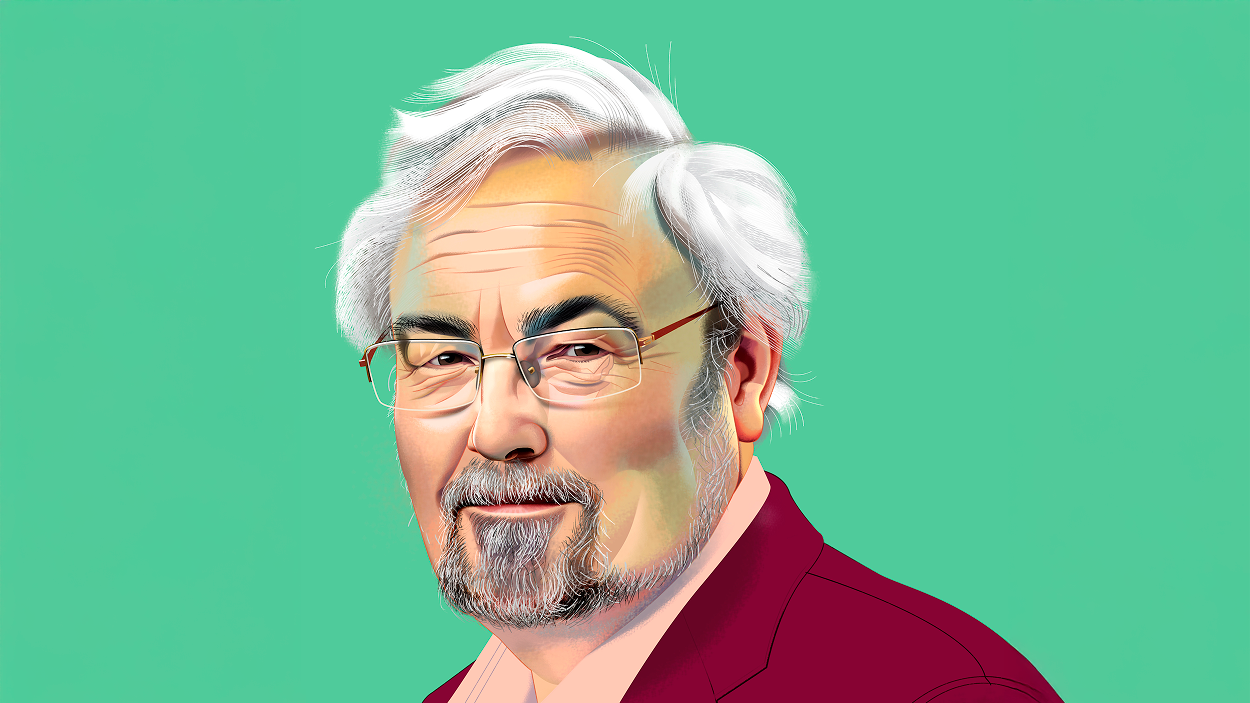Harnessing the power of AI in inclusive hiring
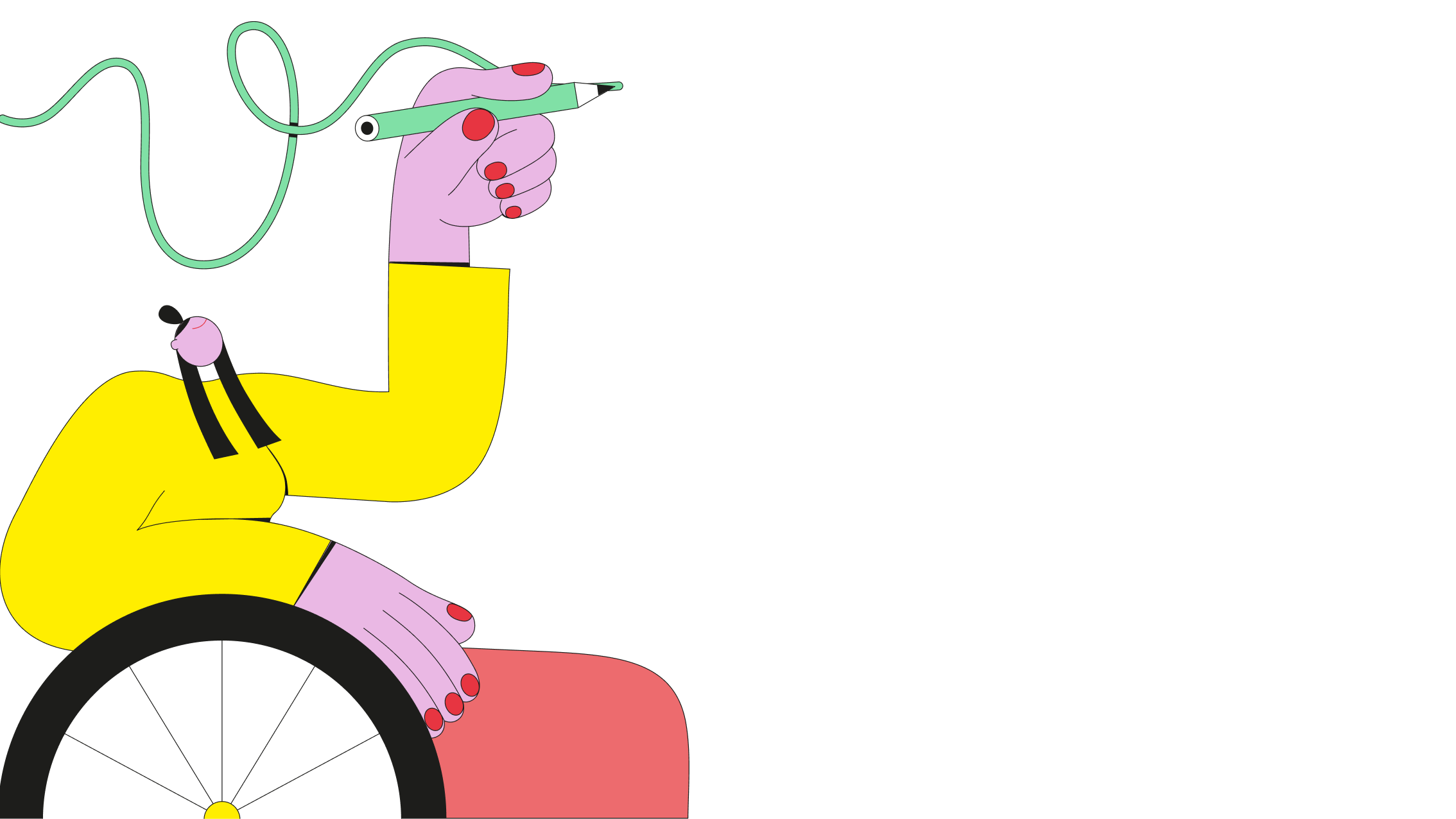
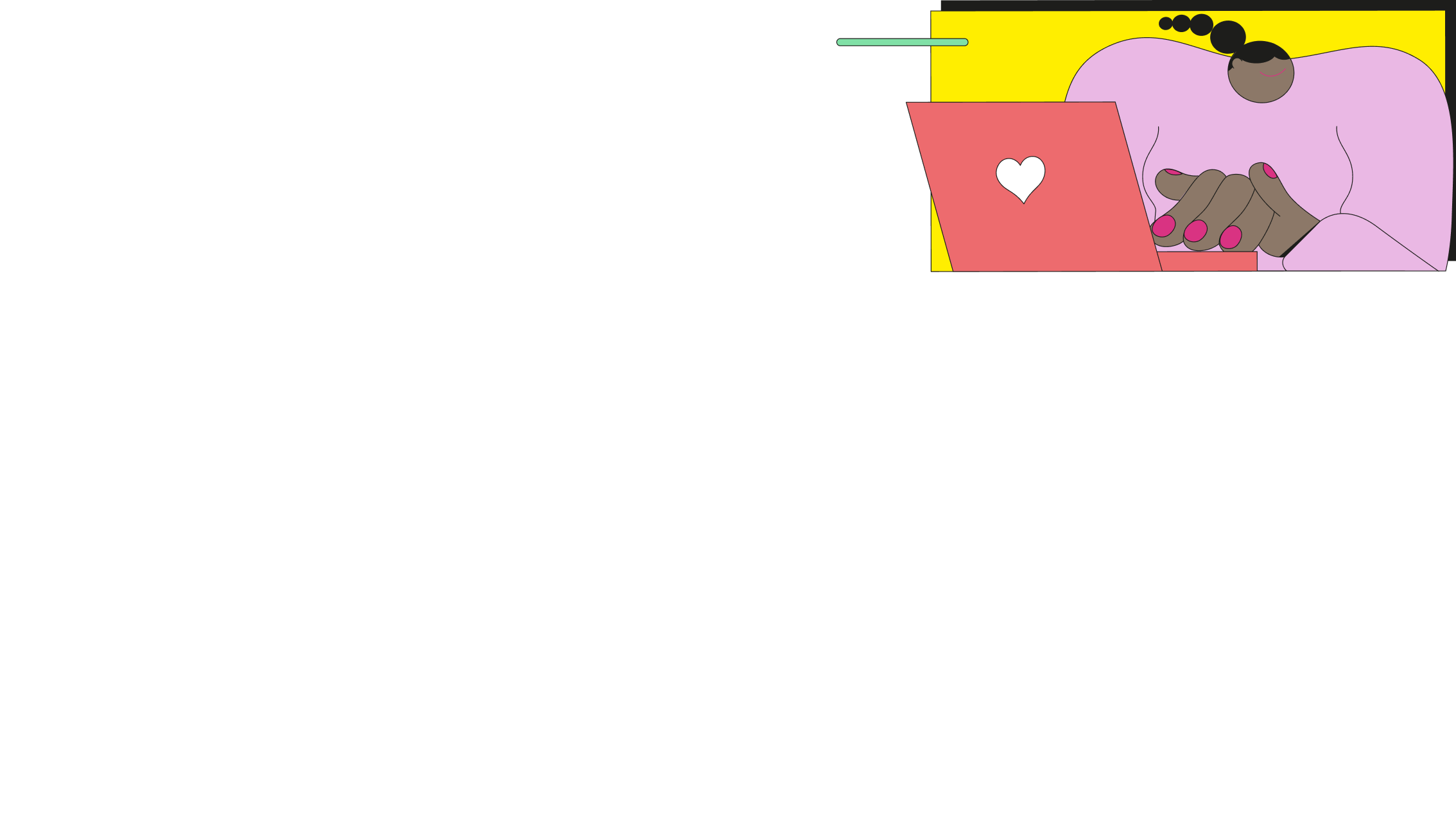
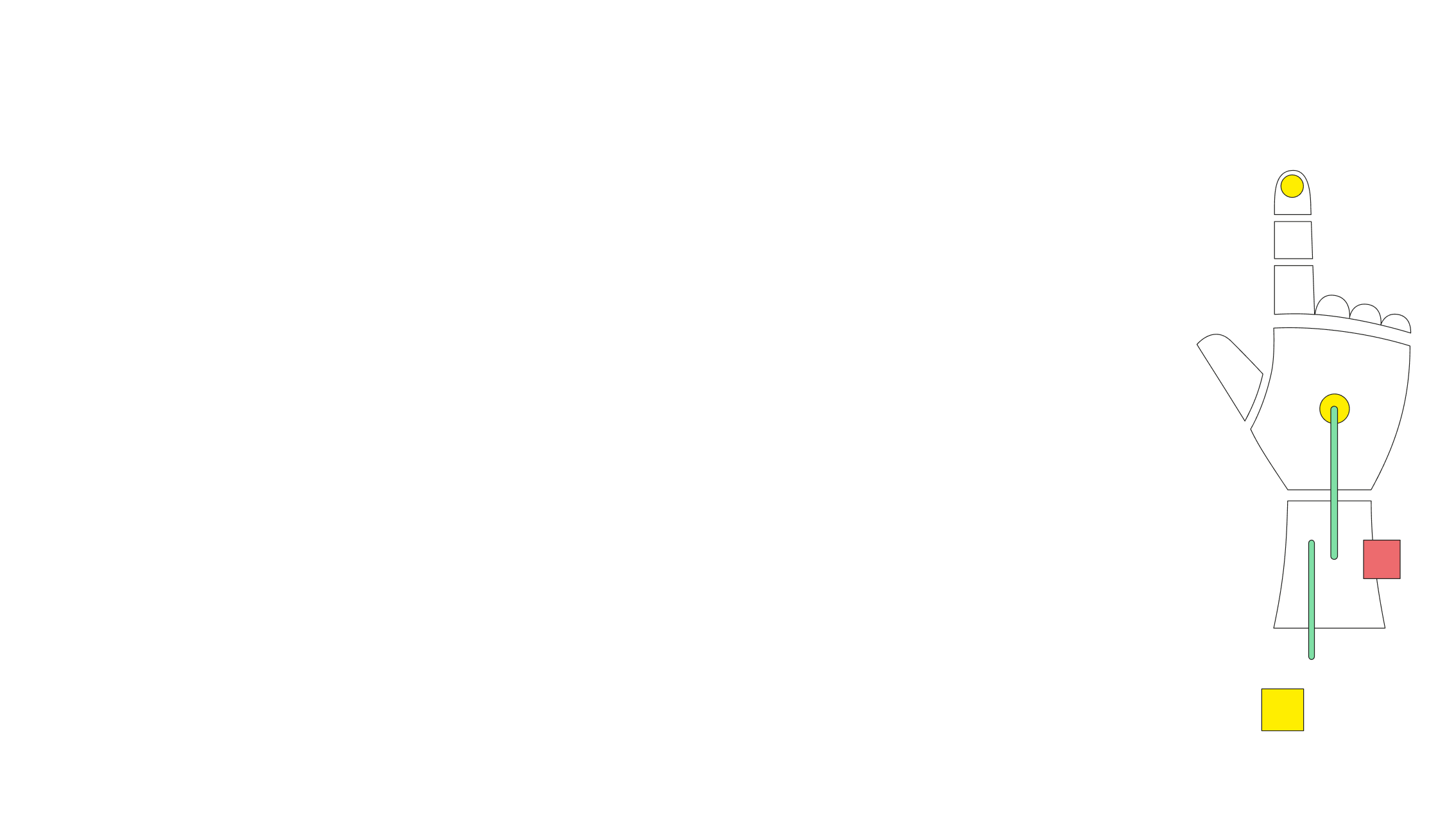


Today’s workplaces must move beyond rigid office mandates and instead foster connection, inclusive hiring, lifelong learning and well-being. AI tools are key to balancing these shifts if work is to become more fulfilling and equitable.
On September 16, 2024, an email with the subject line “Strengthening our Culture and Teams” landed in the inbox of Amazon employees with a metaphorical thud. In it, CEO Andy Jassy kicked off with some good news on the growth of Prime Video and new investment areas. But then, buried 10 paragraphs in, came the kicker: From now on “our expectation is that people will be in the office outside of extenuating circumstances.” For Jeff Bezos’ successor, the Return to Office (RTO) mandate, as it became known, was a surefire way to strengthen the tech giant’s culture. Five days in a shared space would reinvigorate communication, collaboration and creativity, he insisted. But for many of Amazon’s more than one million staff, it proved deeply unpopular, sparking petitions, HR protests and many reportedly hunting for new roles. A poll of 2,585 Amazon workers one day after the memo by anonymous job review site Blind found 73% were thinking about resigning.
RTO mandates like Amazon’s are symptomatic of how organizations are failing to adapt and evolve their culture to suit a fundamentally different workplace post-pandemic, believes Jennifer Moss, workplace culture expert and author of Why Are We Here? Creating a Work Culture Everyone Wants. “There are a lot of very institutionally baked tactics and strategies that have been hard to slough off,” she says. “RTO mandates don’t improve cohesion; they don’t improve productivity. They’re contrary to the goals of leadership. [But] we’re still very caught up in short-term solutions, using frameworks that might have worked before but should now be obsolete. It’s a misunderstanding of what has happened in the last five years to fundamentally change the workforce,” she adds.
Jennifer Moss, Expertin für Arbeitsplatzkultur, kritisiert RTO-Regeln. Sie wertet sie als einen klaren Hinweis auf das Versagen von Unternehmen, ihre Kultur an die Veränderung des Arbeitsplatzes nach der Pandemie anzupassen. „Präsenzregelungen verbessern weder den Zusammenhalt noch die Produktivität. Sie stehen im Widerspruch zu den Zielen der Führung. Aber wir sind immer noch sehr auf kurzfristige Lösungen fixiert und verwenden Konzepte, die vielleicht früher einmal funktioniert haben, heute jedoch überholt sind“, erläutert die Autorin von Why Are We Here? Creating a Work Culture Everyone Wants.
The pandemic sparked structural changes in how we work. Overnight, designated office spaces became optional, imbuing workers with new freedoms and flexibilities. Millions reevaluated their careers. Half of all employees surveyed in a 2021 US Catalyst/CNBC poll said they intended to make changes – triggering what was dubbed the “Great Resignation.” At the same time, technology took on a transformative role. Not only were in-person conversations digitized on private Slack channels and video conferencing platforms, but leaps forward in generative AI turned bots into assistants, trainers and even therapists. Against this backdrop, cultures need to change or risk hemorrhaging talent. Half of HR decision-makers in the UK say employee retention is now their biggest challenge, according to a 2024 Ciphr survey.
If RTO mandates aren’t the answer, how do HR teams go about creating cultures in this “new normal” with inclusion, connection, purpose and well-being baked in? And how heavily should they lean on the technology now central to our work lives to do so?
Wenn RTO-Vorgaben keine Lösung sind, um Fachkräfte an das eigene Unternehmen zu binden, wie können Personalabteilungen dann in dieser neuen Normalität eine Kultur schaffen, die Inklusion und Verbundenheit fördert? Und inwieweit sollten sie sich dabei auf Technologien stützen, die aus unserem Arbeitsleben mittlerweile nicht mehr wegzudenken sind?
The percentage of a sample poll of 2,585 verified Amazon employees who were considering resigning the day after the company issued a Return to Office (RTO) mandate in 2024.
“IF WE WANT TO BUILD THE GREATEST CULTURES, WE NEED TO LOOK AT THE PSYCHOLOGICAL BARRIERS. THAT INCLUDES TIME FOR PEOPLE TO LEARN ABOUT AI.”
Culture starts before a person joins the organization, says Eric Stutzman, CEO at the Achieve Centre for Leadership and co-author of The Culture Question. “The hiring process tells you what a company’s true values are,” he says. “If you say you value joy as a company, but the interview process is painful and dragged out, then you don’t.” From the language used in a job advert to the efficiency of the interview process, each touchpoint is a reflection of the organization’s culture.
Inclusive hiring is a major piece of the puzzle, believes Ruchika Malhotra, author of Inclusion on Purpose: An Intersectional Approach to Creating a Culture of Belonging at Work. “You want to create a workplace where everyone feels like they belong and they can feel safe to speak up and take risks,” she says. “That can only happen when managers and leaders understand and fully appreciate what it means to manage and lead a diverse workforce, to include people who have historically been left out, and to make sure that you create a culture where everyone feels like they can belong.”
For Malhotra that begins by designing hiring practices that do away with tropes like “culture fit” – shorthand for sifting out difference. “We are hardwired to seek out people who remind us of us and who make us feel most comfortable and validated in our own identities,” she points out. “As a result, we often sift out people who are perfectly qualified just because they don’t ‘fit’ race, gender or other identity boxes. Our biases, our prejudices or ‘gut feel’ all come into those decisions because we’re people.” Instead, she encourages HR teams to adopt a “culture add” mindset, actively seeking out candidates who bring diverse perspectives and skills, as well disrupting subconscious biases.
Facilitating connection in a post-pandemic workplace is another crucial feature of a healthy culture leaving even the best-resourced HR teams stumped. But for Moss, rather than “using blunt instruments like RTO mandates, we need to be saying how do we create more team cohesion and team building into our regular cadence of work?” Currently, a lack of imagination on how to use the office in a hybrid work environment – with colleagues often side by side on Zoom calls or carrying out tasks without collaboration – means any time spent in the office is wasted. “There’s nothing meaningful about the time you’re spending in the office that builds up cohesion and that social and relational energy,” says Moss.
Instead, she urges HR to reposition the office as the “third space” geared toward activities that proactively support productive working relationships. Rather than sit on Zoom calls at siloed workstations, host designated team-building activities on days when teams have made it in or set up “sprint work” sessions where they collaborate on a specific shared task.
Since 2020, Australian software firm Atlassian has called this approach “Team Anywhere,” with staff logging on from some 10,000 different locations. At the same time, it encourages its workforce to make use of 12 global satellite offices to connect with senior leadership and collaborate cross-functionally. The company says it intentionally brings entire teams together in person three to four times per year and ensures each gathering has a clear purpose. Its research has found this has a far greater impact on culture and connection than regular office attendance – with a boost that lasts up to five months.
Another cross-generational priority found in the workplace is purpose, making it another cornerstone of any thriving culture. One-fifth of workers have said they’ve considered quitting a job they didn’t find meaningful enough, according to a recent poll by recruitment firm Adecco – and three-quarters of large employers agree that purpose is strongly connected to staff retention. Old employer-employee dynamics, in which reciprocal loyalty created a sense of shared purpose, have been eroded, believes Gianpiero Petriglieri, associate professor of organizational behavior at INSEAD. In their place, employers need to provide fulfillment in new ways.
For Petriglieri, this should be via the creation of a culture of lifelong learning. “There’s an understanding that the less loyalty you offer, the more you must promise learning because people need to feel they are still looked after,” he says. Different learning models provide different benefits. Perhaps the most common is instrumental learning, which refers to a defined competency model against which you assess teams and identify gaps. “You provide them opportunities for deliberate practice, which allow them to close the gap between their current state and the desirable standard you set.”
Over-index on instrumental learning though and you risk a culture that becomes “too stuck, too ossified around the norm,” he warns. Which is why a second mode, humanistic learning, encourages teams to diverge their skills from the norm. “There is constant invitation to discover or develop alternative ways of seeing the world. It’s learning that doesn’t foster incorporation. Instead, the primary goal is individuation.”
“THE HIRING PROCESS TELLS YOU WHAT A COMPANY’S VALUES ARE. IF YOU SAY YOU VALUE JOY, BUT THE INTERVIEW PROCESS IS PAINFUL, THEN YOU DON’T.”
If the concept of well-being has typically been an HR exercise, then in the post-pandemic landscape, it has also become a critical part of how employees evaluate culture. This isn’t about “novel and imaginative benefits,” says the latest annual report by the O.C. Tanner Institute, which develops customized employee recognition solutions. What’s missing is “the communication of care,” a holistic approach to well-being that encompasses mental, physical and emotional health care – an approach it dubs “generative care.” Its research has found that when employees are satisfied with the tangible and intangible benefits provided by an employer, they have a greater sense of thriving at work (+759%), a higher sense of purpose (+422%) and deliver higher-quality output (+285%).
This rings true for Stutzman. “A manager’s job is to understand who you are in your full complexity and create conditions in which you can thrive,” he says. “It's not about having a sleep pod in the office or a great coffee machine. True well-being is when I can say: ‘Are you OK? What’s happening with you at home? What do you need at work to be able to thrive today?’”
This shift in the workplace well-being dialogue has triggered new questions around the duty of employers in areas such as women’s health, as well. Companies like Adobe, Bank of America and Bristol Myers Squibb now offer menopause-specific support, including access to medical advice, paid leave and hormone replacement therapy coverage.
A growing suite of app-based tools reflects these changing attitudes around the commercial and ethical benefits of workplace well-being. In early 2025, for example, UK-based employee portal Unum launched a new app-based service that connects both employees and their families with access to medical support at the touch of a button, including up to eight consultations a year with mental health experts. Organizations that embed mental health-specific platforms like Wysa meanwhile can provide employees with 24/7 access to therapeutic AI chatbots. The tech platform, which directs users to crisis hotlines where appropriate, says its solution can significantly alleviate the symptoms of depression and anxiety by up to 40% using AI-based services alone.
Many mental health apps provide care via a larger hub that bundles various tools and resources, often including an AI chatbot to steer employees to explore the benefits available to them, as well as employer dashboards on the backend. It’s part of a swathe of innovations leveraging technology to deliver culture add services to employees and employers at scale in a newly digitized landscape – be it AI recruiters analyzing for “culture fit,” technological platforms designed to facilitate in-work learning, such as Google’s peer-to-peer learning (g2g), the AT&T Future Ready Initiative and the Adobe Kickbox program, or therapeutic platforms like Wysa.
“Do these technologies work with you, or do they work on you? And if a technology is working on you, it’s a control technology, it’s not a learning technology.”
On whether they enhance or hinder the cultural shifts required from HR teams, there is division. In recruitment, for example, there is some evidence that AI tools have their place. L’Oréal’s deployment of an AI chatbot to liaise with applicants, for example, has reportedly resulted in 92% of candidates expressing satisfaction with the process. But there is also now a buzz around AI tools that go one step further and analyze CVs, social media profiles and interview scripts to predict how seamlessly a candidate will fit into company culture, thereby running the risk of creating more conformity. “AI is designed by a very small subset of humans, and has been encoded with a lot of the same biases of these humans,” cautions Malhotra.
Yet for Sam Ransbotham, professor of analytics at Boston College’s Carroll School of Management, “there’s so much untapped potential” in technological tools. “Most of the time when people think about machine learning, they think about teaching the machine to do something,” he says. “There are a lot of improvements that can go the other way, where we learn from and with the machines. The ability to learn at scale is unprecedented.” Petriglieri is reserving judgment, however. “For me, the question is, do these technologies work with you, or do they work on you? And if a technology is working on you, it’s a control technology, it’s not a learning technology.”
Moss urges organizations to take this “hygiene first” view when it comes to embracing the likes of AI to help plug any cultural gaps. “If one in two workers are feeling anxious about AI, the idea of AI fixing their anxiety feels tone-deaf,” she is quick to point out. “If we really want to build the greatest cultures, we need to look at the psychological barriers holding people back.” That includes “making sure that there’s time and space allocated for people to learn about AI.”
Digital anthropologist Giles Crouch agrees that the addition of technology requires careful forethought by HR teams. “When you introduce a new technology, it’s going to have an impact on the culture,” he explains. “Bringing a new artifact into the organization is going to change power structures and change desired outcomes. If you don’t understand that at the start, if HR hasn’t developed a system to deal with that, that’s when you’re going to run into problems down the road.” In other words, though a pushback to old cultural practices will undoubtedly meet resistance – as Amazon discovered in 2024 – hurtling teams forward to a technological future they’re not ready for could end up having the very same effect. For HR teams going forward, it is about finding the balance.
Stay ahead of the curve!
Sign up for our newsletter and let Think:Act bring you up to speed with what's happening today and guide you on what's happening next.











